You are here
Shokan Valikhanov Museum.
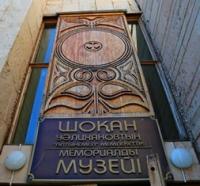
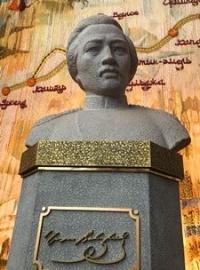
Museums of Almaty region.
"Dying, culture turns into civilization"
Oswald Spengler.
Visit to museums of Almaty region.
The State Memorial Museum of Shokan Valikhanov - "Altyn-Emel" was built according to a separate project in 1985. It is located in a picturesque area, not far from the burial place of the great Kazakh educator, scientist, traveler Shokan Valikhanov and promotes his short but bright life, his creative heritage.
A monumental monument to Sh. Valikhanov is located near the museum on an elevated place. Address with. Shokan, Kerbulak region. On the occasion of the 150th anniversary of the birth of Shokan Valikhanov, the State Memorial Museum “Altynemel” was opened. This unique building was designed by architects A. Seydalin, B. Ibraev, S. Rustambekov.
The unusual appearance of the building, outwardly strict and laconic, is harmoniously combined with the museum exposition, which comprehensively reveals the life and scientific activity of Sh. Valikhanov. The architecture of the museum is imbued with a kind of symbolism of the folk epic and reflects the traditions of Kazakh memorial structures of the mazar type with clearly defined corner elements that are associated in the ancient beliefs of the Kazakhs with the four corners of the universe.
All corners of the building are of different sizes, beams descend into the center, passing into the so-called "knot of happiness", woven from colored cords. According to folk legends, in the center of the world, all its levels are connected.
The mythical “seven layers of earth” corresponds to the terraced solution of the floor of the museum, built in such a way that the visitor would gradually climb uphill in a spiral around the
The walls are red, because this was the traditional color of the dwellings, the black and red floor corresponds to the idea of the underworld. The white alabaster plaster of the ceiling, which seems to float at different heights, reflects the ancient technique of decorating buildings.
The lighting system, which gives an even overhead light in any position of the sun, facilitates the use of the entire space for exposure. Mangyshlak limestone is used in the decoration of the facade of the building - a soft, pliable pink stone.
The decoration of the exposition was made by the specialists of the "Kazmuseyrestavratsiya" workshop. The museum consists of an exposition and lecture halls, storage facilities. The exposition covers an area of 454 square meters.
In its creation, materials from museums and archives of Moscow, Leningrad, Omsk, Frunze, Almaty were used. Part of the collections of items of traditional culture and everyday life of Kazakhs was provided by the State Hermitage, the State Museum of Ethnography of the Peoples of the USSR.
Many exhibits were donated by the Central State Museum of the Republic of Kazakhstan and the National Library of the Republic of Kazakhstan. The exposition consists of several sections related to the life and work of Ch. Valikhanov.
These are the materials: recreating the picture of the political, social and cultural life of the early 19th century, which influenced the formation of Shokan's personality, materials telling about the years of study in the Omsk cadet corps and the beginning of his career, meeting with representatives of the Russian intelligentsia;
the scientific legacy of Shokan Valikhanov, who left a deep mark in the study of the history, ethnography, geography of Central, Central Asia, South Siberia and Kazakhstan; materials about the St. Petersburg period, friendly and business ties with scientific and literary circles of Russia; Ch. Valikhanov in literature, painting and cinema.
Inspection of the exposition begins with a granite bust of Sh. Valikhanov, made by the People's Artist of Kazakhstan Kh. Nauryzbaev. At the entrance to the museum there are stone statues. The exposition presents Shokan's personal belongings - epaulettes, weapons, saddle, maps and diagrams compiled by him, manuscripts, graphic and painting works made during travels and expeditions, collections of folk applied art.
Musical instruments speak of Sh. Valikhanov's interest and love for Kazakh legends and songs. The national clothes of the Kirghiz, Uyghur, Chinese, jewelry, minerals collected by Valikhanov during his travels reflect the scientist's various research interests.
Models of grandmother Aiganym's estate in Syrymbet, where Shokan spent his childhood, a tombstone on his grave, an original tapestry woven by the hands of modern craftswomen and reproducing the route of the scientist's famous travels, organically merge with the exhibits of that time.
The exposition presents editions of Sh.Valikhanov's works - lifetime and posthumous. The enormous historical significance of Ch. Valikhanov's scientific and educational activities is realized today deeper and more fully than ever before.
Much has been done to perpetuate his creative heritage, to promote his scientific works. An institute at the National Academy of Sciences of the Republic of Kazakhstan, a district in Kokchetav, streets in cities of Kazakhstan were named after the great scientist, monuments were erected in regions, cities, regions of the country.
Shokan Valikhanov spent the last years of his short but unusually bright life in Semirechye. Here, in the Kochen-Togan tract, he died in April 1865, before he was thirty. Not far from the foot of the Altynemel ridge, his remains rest.
The memory of Shokan Valikhanov was faithfully kept by his friends G.N. Potanin, N.M. Yadrintsev, G.A. Kolpakovsky, I.I. Ibragimov, N.F. Usov. In 1881, with the assistance of the architect P. Zenkov, they installed a marble slab on Chokan's grave, which was brought from Yekaterinburg.
In memory of the great son of the Kazakh people in the Kerbulak district of Almaty in 1958, an obelisk was erected on his grave (authors M. Vashchenko, P. Usachev), and in 1979 a monument was erected (authors Y. Rukavishnikov, N. Milidov). Address: Kazakhstan, Almaty region, Kerbulak district, Shokan village. Phone: 352 94.
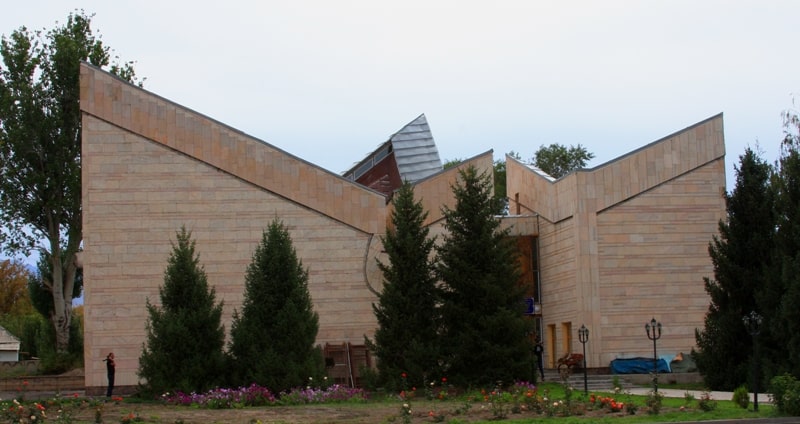
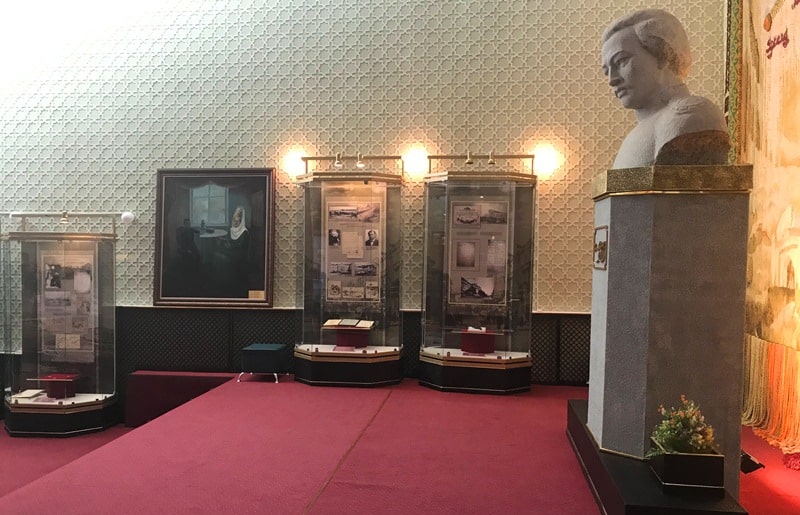

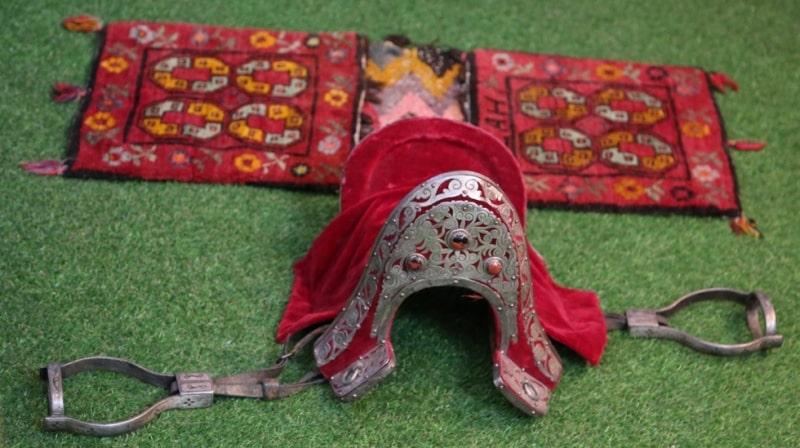

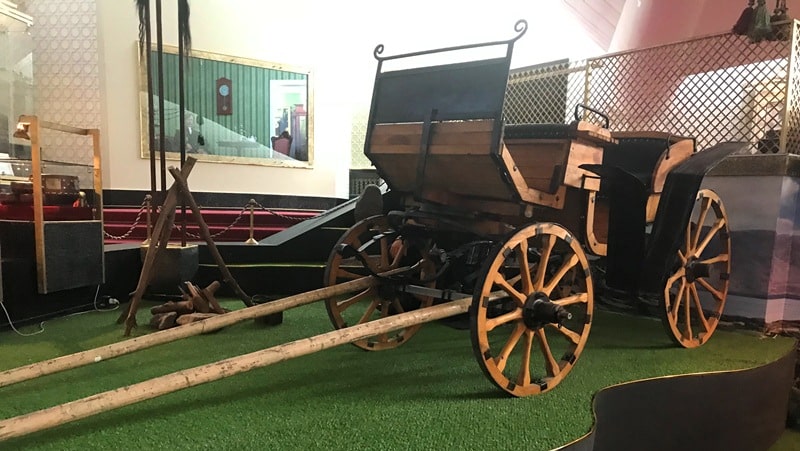

Authority:
http://www.unesco.kz
Photos by
Alexander Petrov.







